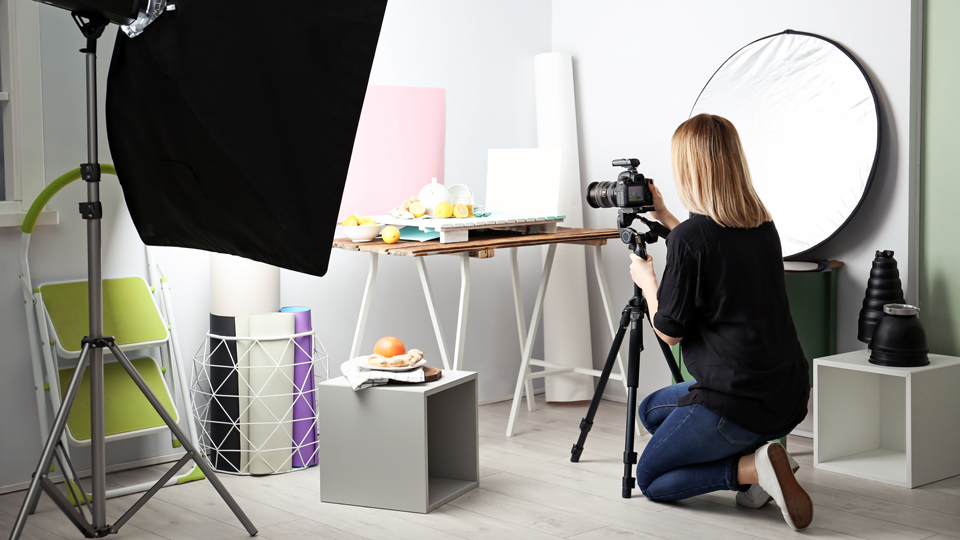What is Natural Lighting in Photography and Why it Matters?
When it comes to photography, understanding what is natural lighting in photography is fundamental. For professional photographers, mastering this aspect can significantly elevate their work.
Natural lighting refers to the light sources that are not artificially createdessentially, sunlight or ambient light from windows and other sources. Its crucial for creating mood and depth in photographs.

The Significance of Natural Lighting
In professional photography, light plays a vital role in rendering images that communicate emotions or themes. The use of natural lighting provides a unique quality to photographs that can be difficult to achieve using artificial lighting setups. Sunlight, for example, varies greatly throughout the day, providing a diverse array of tonalities and textures.

Characteristics of Natural Lighting
Natural lighting has several characteristics that can impact your photography:
- Quality: Lighting can be hard or soft, affecting the details and textures visible in the image.
- Direction: The angle at which light hits your subject can create shadows and highlights that add depth.
- Color: Natural light changes in color throughout the day, influencing the mood of the photographs taken.
How to Utilize Natural Lighting in Your Photography
To effectively utilize natural lighting, consider the following tips:
- Time of Day: The golden hourshortly after sunrise and before sunsetprovides soft, diffused light.
- Location: Position your subject carefully to take advantage of the available light. Use windows as backdrops for a natural look.
- Reflectors: Use natural reflectors like walls or even foam boards to redirect light onto your subject.
For an in-depth understanding of the importance of lighting in professional photography, check this article on Why is Lighting Important.

Common Mistakes in Using Natural Lighting
Even seasoned photographers can fall victim to common pitfalls when working with natural light.
- Ignoring the Weather: Cloudy weather diffuses light, which can be beneficial, but neglecting to account for it may lead to underexposed photos.
- Overexposure: Direct sunlight can overexpose shiny surfaces, losing details.
- Timing: Failing to take advantage of the best times of the day can lead to less appealing results.
To learn more about setting up lighting, consider reading this guide on Setting Up Lighting.
Natural Lighting Techniques
Professional photographers often employ various techniques to make the most of natural lighting:
- Silhouetting: Position your subjects in front of bright light sources to create striking silhouettes.
- Backlighting: Use light sources behind subjects to create ethereal images filled with emotion.
- Side Lighting: This technique enhances texture and detail, bringing life to the subject.
The Mood Set by Natural Lighting
Natural lighting can evoke a range of emotions:
- Warmth: Soft morning light can create feelings of comfort.
- Tranquility: Midday lighting brings clarity.
- Dramatic contrasts: Evening light can convey moodiness and tension.
For more insights on lighting styles, you might be interested in the article on Rembrandt Lighting.
FAQ
1. What is the ideal time for natural lighting photography?
The golden hour, shortly after sunrise or before sunset, offers the best natural lighting conditions.
2. How can I prevent harsh shadows in natural light?
Utilize diffusers or shoot in shaded areas during midday to soften the light.
3. What equipment do I need for natural lighting photography?
While you mainly need your camera, additional tools like reflectors or diffusers can greatly enhance your results.
If you want to delve deeper into product photography, check out Best Lighting for Product Photography.
As an Amazon Associate, I earn from qualifying purchases.

